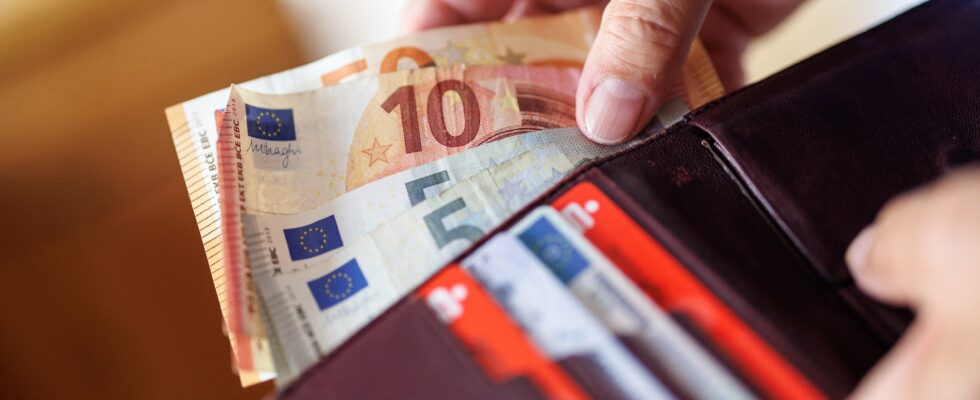Housing savings plans (PEL) opened since January 1, 2025 only earn a meager 1.75%, compared to 2.25% for those opened during the year 2024. The interest is subject to the single flat-rate deduction of 30 %, the net yield is 1.22%. “The PEL will remain less attractive than other regulated savings products such as the Livret A, the Sustainable and Solidarity Development Livret (LDDS) or the Solidarity Savings Booklet (LEP),” notes Philippe Crevel, director of the Circle of Savings. The Livret A and the LDDS currently yield 3% (they are exempt from taxes and social security contributions) and their return should drop to 2.5% from February 1, i.e. double the net rate of the PEL. But be careful, the remuneration of the PEL is fixed at the opening for its entire lifespan, limited to fifteen years. Conversely, that of the livret A should continue to erode thanks to the fall in short-term interest rates and inflation.
Should we therefore open a PEL in 2025? The low yield does not speak in its favor, especially since the constraints are strong: it is not liquid since any withdrawal leads to its closure. But “the reduction in the remuneration rate automatically causes the reduction in the rate of loans associated with the PEL, going to 2.95%”, specifies Philippe Crevel. The objective of the PEL is to promote access to property since it is possible to apply for a home savings loan after four years of saving. It is difficult, however, to be certain that this 2.95% loan will be interesting in four years, in 2029.
